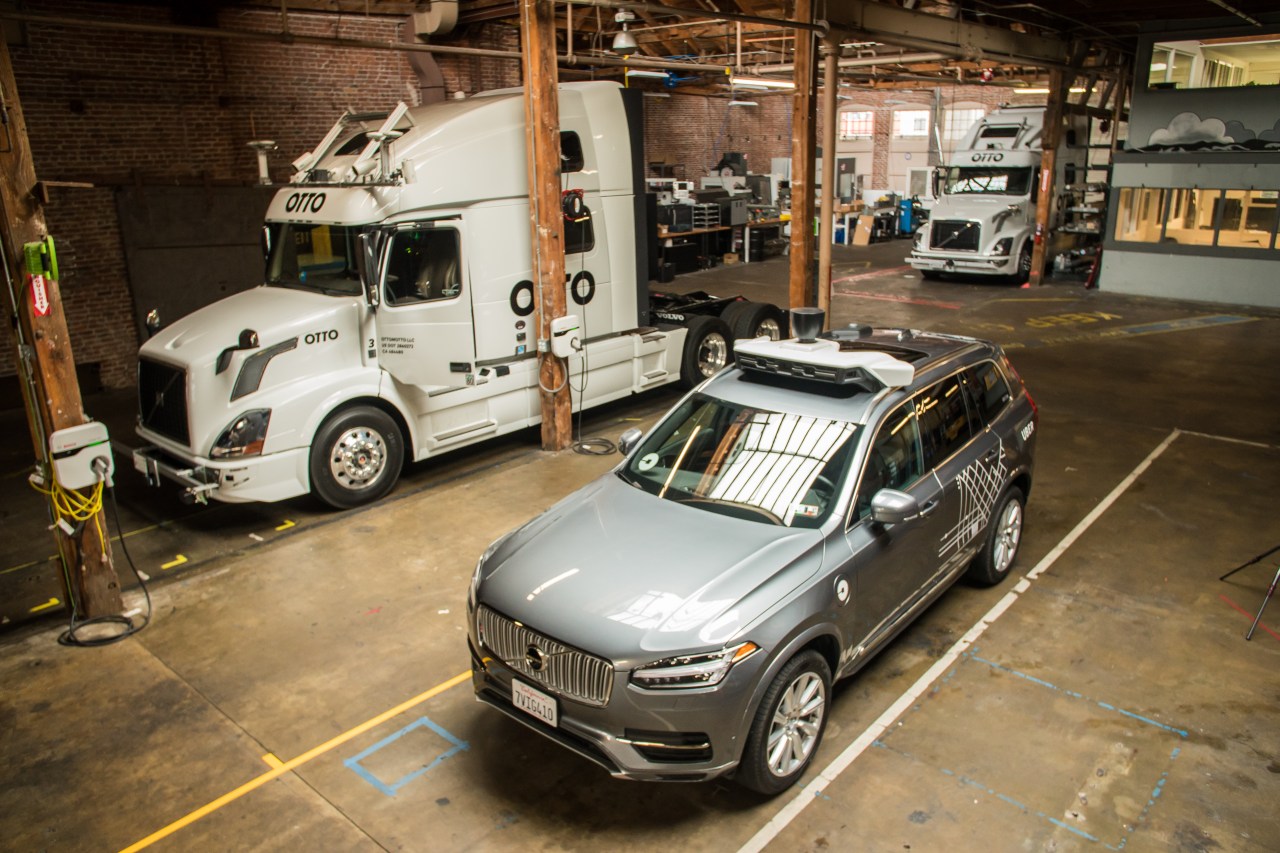Since its inception, Uber has been at the forefront of innovation in transportation, and its foray into the world of self-driving cars marks a significant milestone not only for the company but also for the entire automotive industry. As Uber launches its autonomous vehicles to pick up passengers in the bustling city of San Francisco, it’s time to explore the implications, technology, and societal responses surrounding this transformation in urban mobility.
The Evolution of Uber’s Autonomous Fleet
After successful tests in Pittsburgh, where Uber deployed its second-generation autonomous vehicles, the company is now stepping up its game with a sophisticated third-generation model. Using sleek Volvo XC90 SUVs equipped with advanced sensors and supercomputers, Uber has taken significant strides in enhancing the capabilities of its automated driving systems.
A Strong Partnership
The collaboration with Volvo goes beyond just vehicle acquisition; it’s about co-developing technology for a safer, smarter ride. Volvo’s rich legacy in automotive safety and engineering aligns well with Uber’s ambition of creating a more responsive self-driving experience. This partnership allows Uber more freedom to integrate its sensor suites more effectively into vehicles designed specifically for autonomy.
Advanced Sensor Technology
- Less is More: Interestingly, the new Volvo SUVs utilize fewer sensors than the previous Ford Focus models. This shift reflects Uber’s evolution, where learning from past deployments has enabled it to optimize its technical setup.
- Comprehensive Detection: By using radar, LiDAR, and traditional optical cameras in a fusion approach, the SUVs can create a detailed perception of their surroundings, providing crucial information about distances and objects.
- Active Safety Features: The cars are not only programmed to detect potential hazards but also interpret signals even in challenging weather conditions, showcasing the advanced computational prowess of the onboard systems.
The Passenger Experience
As exciting as it is to ride in a self-driving car, ensuring passenger comfort and trust is vital for acceptance. The addition of an iPad-based interactive display positions the rider in control and keeps them informed. From ensuring seat belts are fastened to allowing users to take selfies during their journey, such features are designed to demystify the ride-hailing experience.
While each ride still involves a safety driver and an Uber engineer, the ultimate goal remains clear: achieving full autonomy where passengers can sit back and relax. Yet, early experiences indicate that the technology has room for improvement. Routes through heavy traffic and complex urban landscapes present challenges that show the delicate dance between automation and human intervention.
Regulatory Landscapes and Ethical Considerations
Operating without a specific permit from the California Department of Motor Vehicles, Uber’s vehicles are perceived differently from fully autonomous vehicles like those from Waymo. This regulatory nuance allows for testing without the overhead of lengthy approval processes while still maintaining safety protocols.
With automation comes public scrutiny. Concerns surrounding safety ethics, liability, and decision-making in critical situations need to be addressed to win consumer trust. Sweeney reassures us that their leading-edge distance measurement systems and constant monitoring are designed to enhance overall road safety, an assertion that resonates with many looking for improved outcomes in urban transportation.
Looking to the Future
The San Francisco pilot program will commence with a limited number of vehicles in the downtown area, highlighting a cautious but optimistic approach to scaling up. As both this city and Pittsburgh serve as testing grounds, Uber aims to refine its technologies while contributing to more profound discussions about urban space utilization. As more people turn to ride-hailing instead of traditional vehicle ownership, the socio-economic consequences could be transformative.
Conclusion
Uber’s initiative to introduce self-driving cars in San Francisco is about more than just technology; it’s about shaping the future of urban mobility. With evolving partnerships, advanced sensor integration, and thoughtful passenger experiences, Uber is striving for safer streets and a more efficient transportation design. While challenges remain, the company’s advancements signal a potential shift toward a safer, more efficient means of city travel.
At fxis.ai, we believe that such advancements are crucial for the future of AI, as they enable more comprehensive and effective solutions. Our team is continually exploring new methodologies to push the envelope in artificial intelligence, ensuring that our clients benefit from the latest technological innovations. For more insights, updates, or to collaborate on AI development projects, stay connected with fxis.ai.

